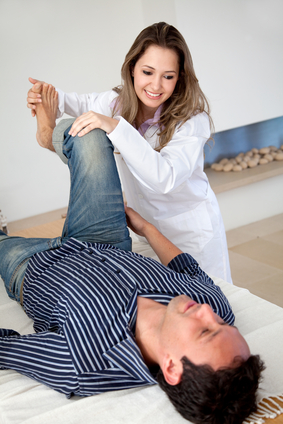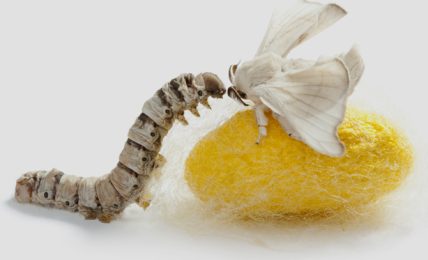Your foot is the foundation on which your body stands. It is made of an intricate structure of bones, 24 of them altogether, that form two arches: longitudinal and traverse. The former stretches from the one end to another of the foot and the latter from one side to another. The ankle is formed where the foot meets the lower leg. The bones are held together by each other and supported by the ligaments, a fibrous tissue. Internal and external muscles provide the secondary support.

Where there is pain in the foot, it may be a result of a disease, injury or biomechanical condition.
Diseases:
Foot pain is often caused by diseases that affect the bones, muscles or ligaments. Diabetes, arthritis, gout and Hansen’s disease are the most common diseases that can cause foot pain. Nerve disorder can cause a condition called peripheral neuropathy, whose symptoms include a burning sensation and numbness. Foot pain is also caused by bacterial, viral and fungal infections. Plantar Warts is a disease that affects the bottom of the foot and is caused by a kind of virus. Athlete’s Foot is a well known disease caused by fungus.
Injuries:
Injuries are possibly the main reason for foot pain. Bruises, fractures, muscle strains and ligament sprains can cause acute and prolonged foot pain, often making it difficult or even impossible to walk. Bruises and fractures are usually caused by external impacts on the foot, such as a single or multiple blows or twists. They can also be caused by multiple small repetitive traumas. Stress fracture is the result of repetitive trauma. Sprain is caused when the ligaments are overstretched causing the fibers to be torn. Strain is caused when the muscles are overstretched, overloaded, overused or cut by sharp objects.
Running on surfaces that are uneven, too hard or too soft can cause micro-trauma injuries. Wearing shoes that do not fit properly or have poor force-absorption qualities can also cause micro-traumas injuries. Poor-fitting shoes can cause bruising and blisters which can lead to athlete’s foot. Repetitive traumas to the ligaments, muscles and bones can cause extra bone growth, a condition known as exosteoses or spurs. Repeated overstressing of the same structure can cause stress factures, tendonitis, osteoarthritis and plantar fasciitis.
Biomechanical conditions:
The joints in the foot responsible for bearing and transferring the body’s weight exist between the bones of the foot. These joints allow the bones to slide between one another within a limited range of motion. There is an average range of motion for all joints of the body within which they can function without any stress. When there are abnormal variations in the average range of a joint, its relationship with the muscles, ligaments and other joints are affected, as a result of which abnormal or faulty forces are exerted on the skeletal structure of the foot.
Biomechanical conditions are either inherited or the result of previous traumas and injuries. They can cause or exacerbate conditions like stress fracture, heel spurs, metatarsalgia, plantar fasciitis and neuromas. It is best to get treatment and rehabilitation immediately, so please visit Barefoot Science for more professional information about foot pain.



